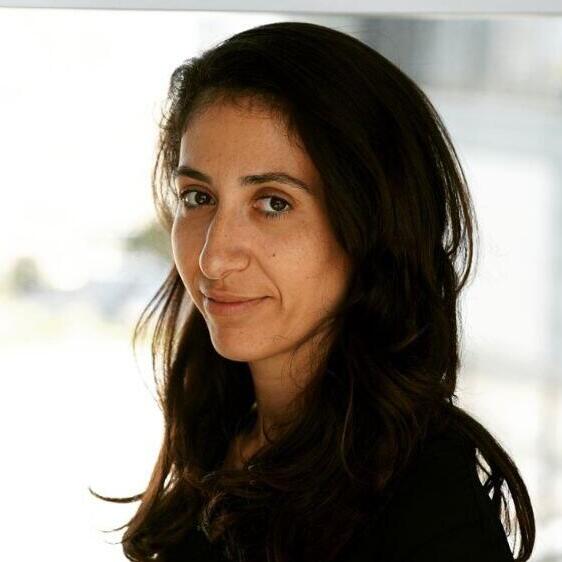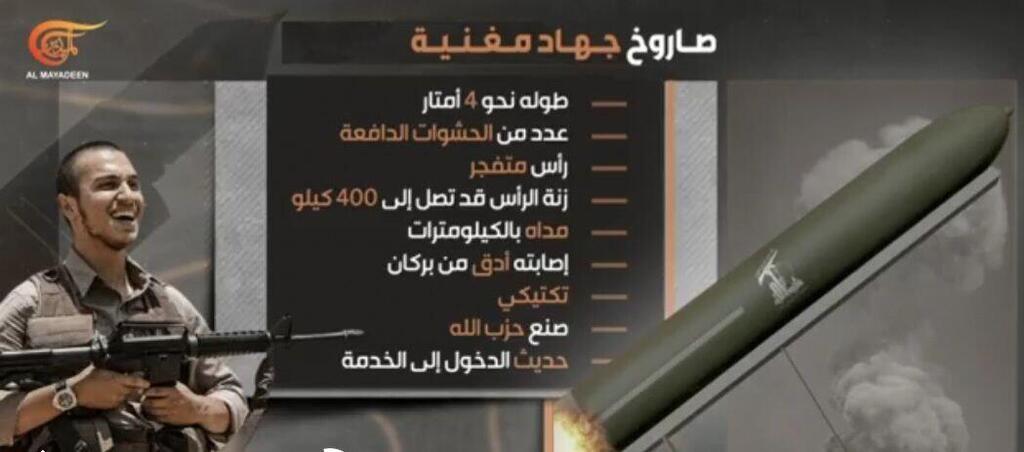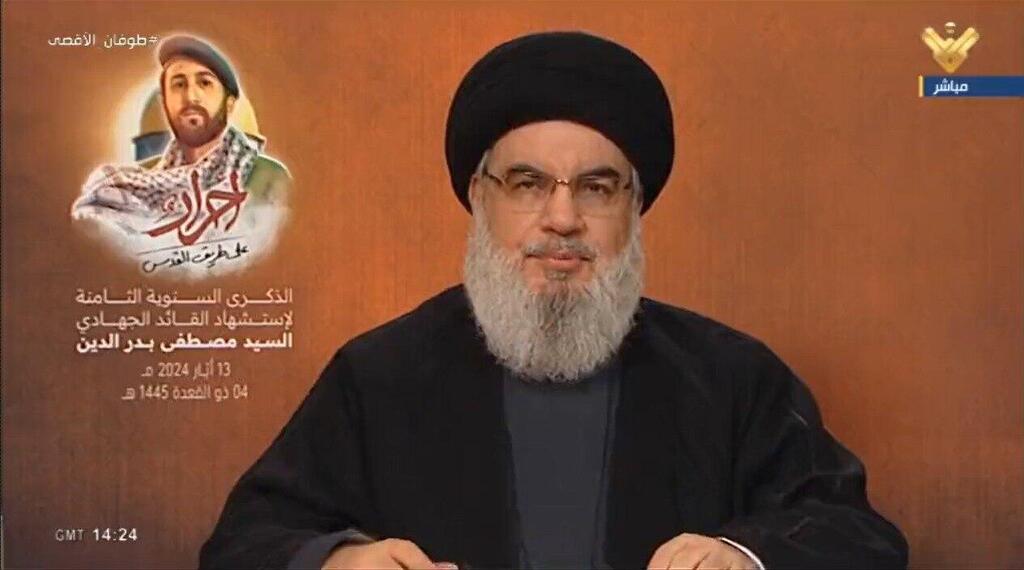According to a report by Hezbollah's Al-Manar network, these missiles are named after the son of Hezbollah's former military commander Imad Mughniyeh—who was also killed in an attack attributed to the IDF—and are described as "unguided tactical missiles with significant destructive capabilities and a warhead weighing up to 120 kg, manufactured by Hezbollah."
London-based Arabic language newspaper Asharq Al-Awsat reported that these missiles are the third type of heavy ground-to-ground missile Hezbollah has introduced on the front lines since the beginning of the war, following the Burkan and Falaq-1 missiles. Hezbollah-affiliated Lebanese network Al Mayadeen reported that the Jihad Mughniyeh missiles are more precise than the Burkan missiles.
During the war, Hezbollah announced its use of air defense missile systems against Israeli drones but did not disclose the specifics of these systems. Additionally, the group claimed to have deployed attack drones and Almas missiles—an Iranian anti-tank guided missile.
According to Asharq Al-Awsat, the Lebanese terrorist organization also employs Kornet missiles and Katyusha rockets, primarily targeting Kiryat Shmona and military sites in the Golan Heights.
In a speech Monday marking eight years since the death of Hezbollah senior leader Mustafa Badreddine, Hezbollah Secretary-General Hassan Nasrallah said, "Eight months in, Israel is unable to return the hostages, restore its civilians to the Gaza border region and the north or secure its ships."
Nasrallah claimed, "To escape the image of defeat, Netanyahu wants to enter Rafah. He was surprised when Hamas accepted the mediation proposal because it meant his defeat and a victory for Hamas."
On his organization's fighting against Israel, he added, "We are the front supporting Gaza. The Americans have informed Netanyahu that there is no solution in the north without ending the war in Gaza. We tell the settlers in the north - go to your government and tell them to stop the war in Gaza."





